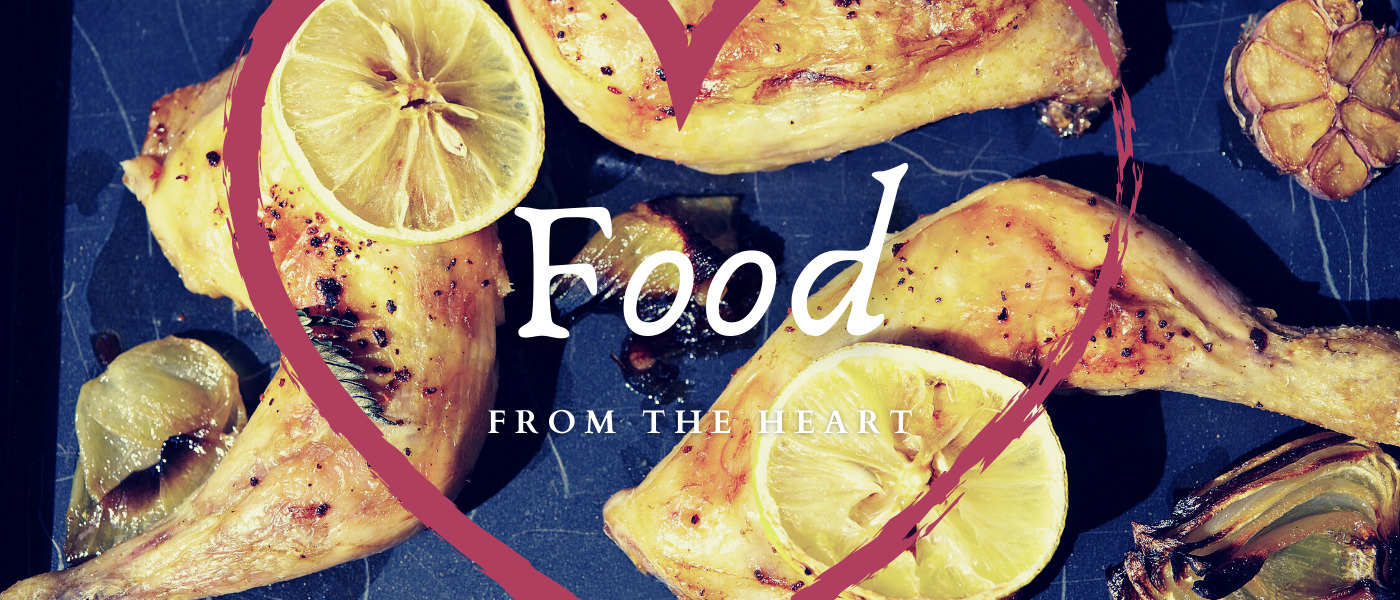St. Paul of the Cross was a prolific letter writer. Thousands of his letters survive and in many of them, he mentions food. There are references to tuna and chocolate, chicken soup and pasta, cheese, and coffee. Each week in this series we’re investigating a food mentioned by Paul of the Cross in one of his letters and seeing how it figured into the cuisine of mid 18th century Italy and we’ll be sharing a recipe that is similar to one that Paul and the early Passionists might have used. We hope that visitors to our blog will share their own recipes and other insights into the “culinary world” of St. Paul of the Cross.
Chicken
Many of the surviving letters of St. Paul of the Cross are addressed to nuns. Here, he is writing to Sister Luisa Maria of the Passion with some advice about how she might help her sister, who is ill.
St. Paul of the Cross
I would suggest that your mother should know of her extreme weakness so that she would purchase at least half-a-dozen capons to make a good substantial soup without great inconvenience to the convent. If you were to make up your mind to write your mother about your sister’s condition and the need existing there, it seems to me it would be no small charity.
21st-century people often assume that eighteenth-century chickens had the same place in the human diet as they do today, that chicken meat was cheap, plentiful, and available year-round. It was not. For the most part, because of the bird’s reproductive cycle, the chicken was a seasonal treat for those who could afford it. Ordinary people if they owned any livestock at all had chickens, but they kept them primarily for their eggs. Hens lay eggs all year round, so they were too valuable to eat.
Hens are most productive in spring and summer when increased daylight signals the best time for making chicks. Male and female chicks faced different futures. Spring and summer were the times when families could increase the number of their hens and raise capons to sell at the market.
Vincenzo Corrado, a contemporary of Paul of the Cross, who compiled three collections of recipes, describes a simple, but a rich, chicken dish of the time. Simmer capons in milk with some sticks of cinnamon and twists of lemon peel. Serve on a bed of spinach, chopped, and finished with butter and cream. We doubt this was on the menu in early Passionist monasteries!
Here is a recipe for chicken that would have been more at home on Paul’s table.
Italian Lemon Chicken
Ingredients
- 3-4 lbs. chicken parts
- ¼ cup lemon juice
- ½ cup olive oil
- 2 clove minced garlic
- 2 tablespoons Fresh or dried parsley flakes
- Salt/pepper to taste
Directions
Combine all ingredients EXCEPT LEMON JUICE in a deep frying pan,
Cook over medium flame for about one hour until chicken is tender.
In the last 10 minutes of cooking, add the lemon juice.
NOTE: It may be necessary to add some water to prevent drying.
Yield: 4-5 servings

